
Boreskov Institute of Catalysis was founded in 1958 as a part of the Siberian Branch of the Russian Academy of Sciences. The founder and the first Director of the Institute till 1984 was academician Georgii Konstantinovich Boreskov.

One of the main activity areas of the Boreskov Institute of Catalysis is fundamental investigations in catalytic science to discover new principles of chemical reactions and to create innovative catalytic compositions and technologies.
Read more...

Boreskov Institute of Catalysis pays great attention to the training of young scientists. Each year more than 100 students and post-graduates are being trained at its research and educational facilities. The Institute collaborates with many educational organizations, including:
Read more...

For more than half a century, the Boreskov Institute of Catalysis is at a cutting edge of innovative R&D for chemical and petrochemical industries, energy power, environmental protection.
Read more...
18 March 2020
Source: «Nauka v Sibiri»
The construction works of the Center of Collective Use “Siberian Ring Photon Source” have started at the site in Koltsovo. Engineering site investigations and documentation development are planned to be completed in 2020.

«We begin to develop the site where the unique mega-science facility will be erected in the coming years – the Siberian Ring Photon Source. Today the machinery is already working here, the site investigations are beginning. The Russian government issued a special regulation determining the design contractor. During this year the design works must be completed, and in the early 2021 the project should be passed to the RF State Expert Evaluation Department for getting the construction license,” - told Aleksei Vasiliev, Minister of Science and Innovation Policy of Novosibirsk oblast.

The RF Government Regulation on the establishment of CCU “SKIF” was signed on December 23, 2019. It defined the total sum of money attained for the building of the facility , 37.1 bln rub. The project must be realized by 2024, and the source of synchrotron radiation is planned to be launched by the end of 2023. The plan for 2020 includes the complex engineering site investigations (geodetic, geologic, ecologic, hydrometeorological, seismic, archaeological) and documentation development, that is the basic technical decisions supposed to underlie the work of the future construction object and provide for its safety and reaching of the indicators. The cost of this stage is one billion rubles.
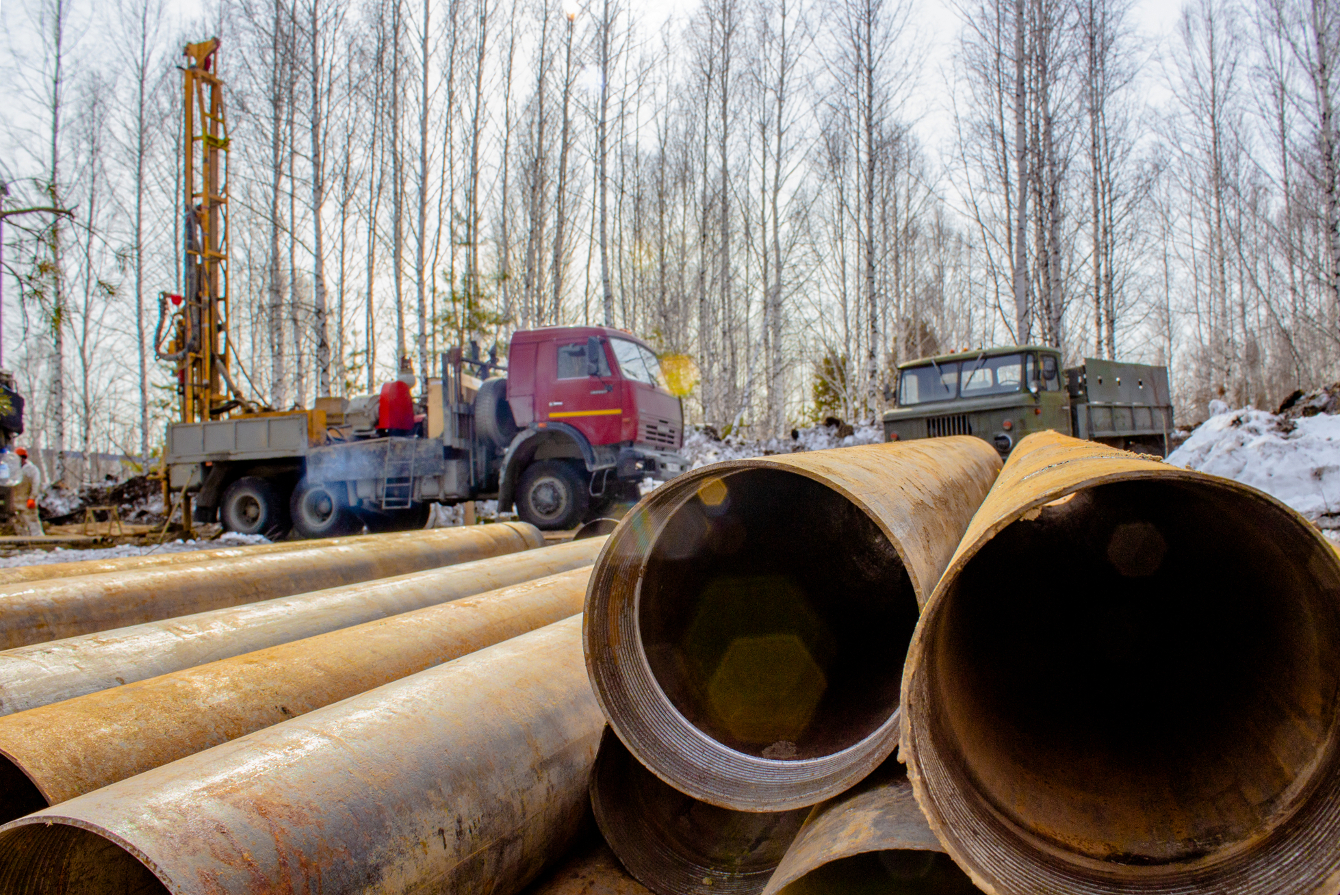
«This is the first and the largest infrastructure facility established within the framework of the National Project “Science”, and it is to be realized here, at Novosibirsk land, - noted Aleksei Vasiliev. - I am not stretching the truth saying that there are hardly any areas of research and technology today that would not be able to use this instrument. It is applied in chemistry, physics, biology, medicine, pharmacology. It is not coincidence that the SKIF site sits next to the State Research Center of Virology and Biotechnology VECTOR, for the specialists of the Center will also be the active users of the equipment of the experimental stations of CCU SKIF”.
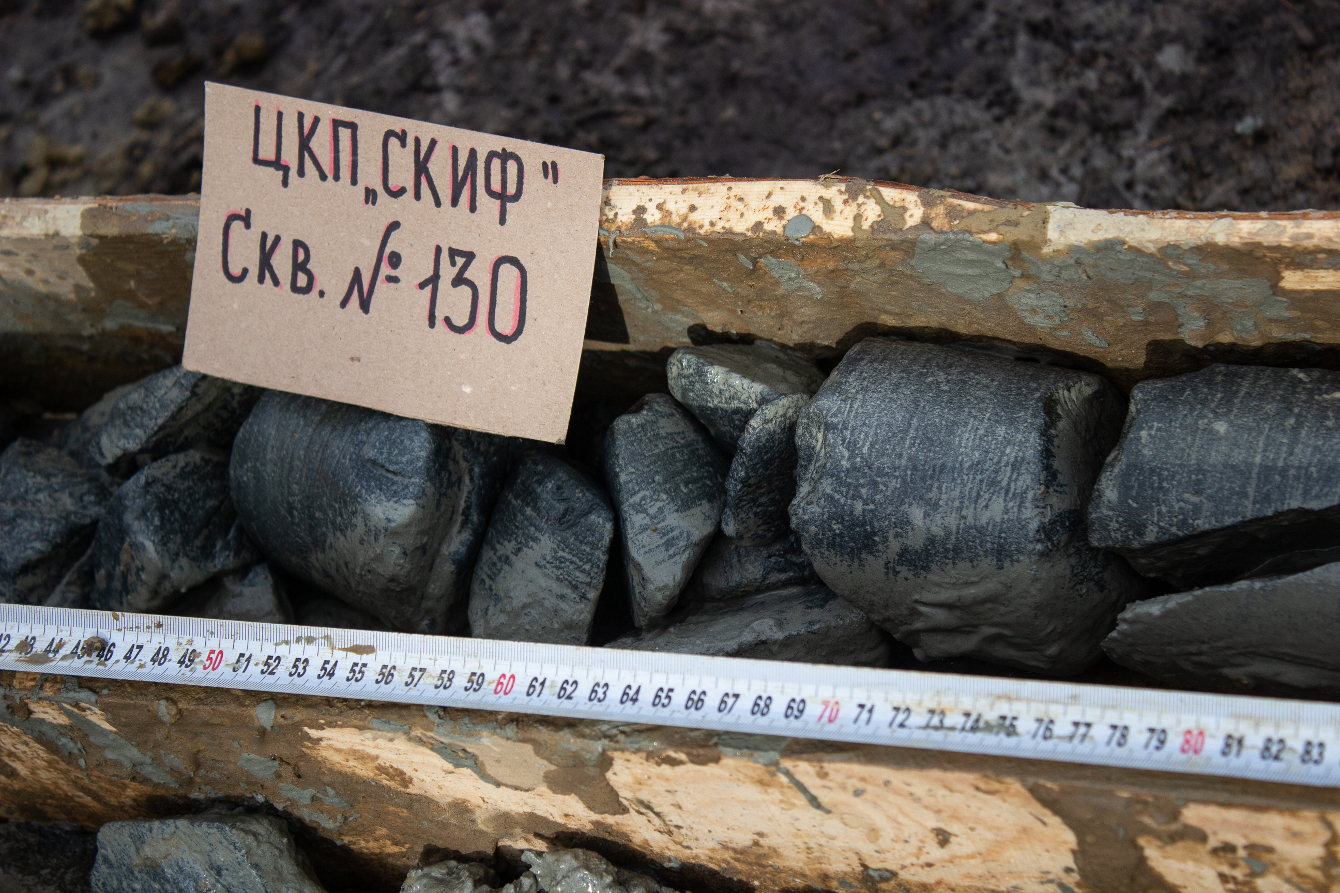
Chair of the Siberian Branch of the Russian Academy of Sciences Academician Valentin Parmon underlined the importance of the start of construction of CCU SKIF for the development of Novosibirsk Science Center. “Today we witness a landmark event, which we have been waiting for two years. The infrastructure projects introduced in the program Akademgorodok 2.0 were not approved until the decision on the construction of the main object was made. And since the construction begins, we feel much more optimistic about the future of other projects, - said Academician. - If everything goes as we plan, Novosibirsk Science Center (now consolidating not only the old Akademgorodok but also Koltsovo and Krasnoobsk) and Novosibirsk oblast will become a point of attraction for the highly qualified specialists.” In his words, this should decrease the out migration from the eastern regions of Russia and boost the development of the territory.

According to the RF Government Regulation, AO “Tsentralny proektno-tekhnologicheski institut” (“Central Design and Technology Institute”), a part of the State Corporation “Rosatom”, became the general design contractor of CCU SKIF. “We are preparing the state contract, but our partners gave us the opportunity to begin the works in advance, because the deadlines are tight, a part of the works should be completed by December, - noted Mikhail Tarasov, the General Director of the company. - The period up to six months is provided for the complex engineering investigations, due to that not all works can be finished when the snow lies. The results of the complex engineering investigations must serve as the basis for the documentation development.”
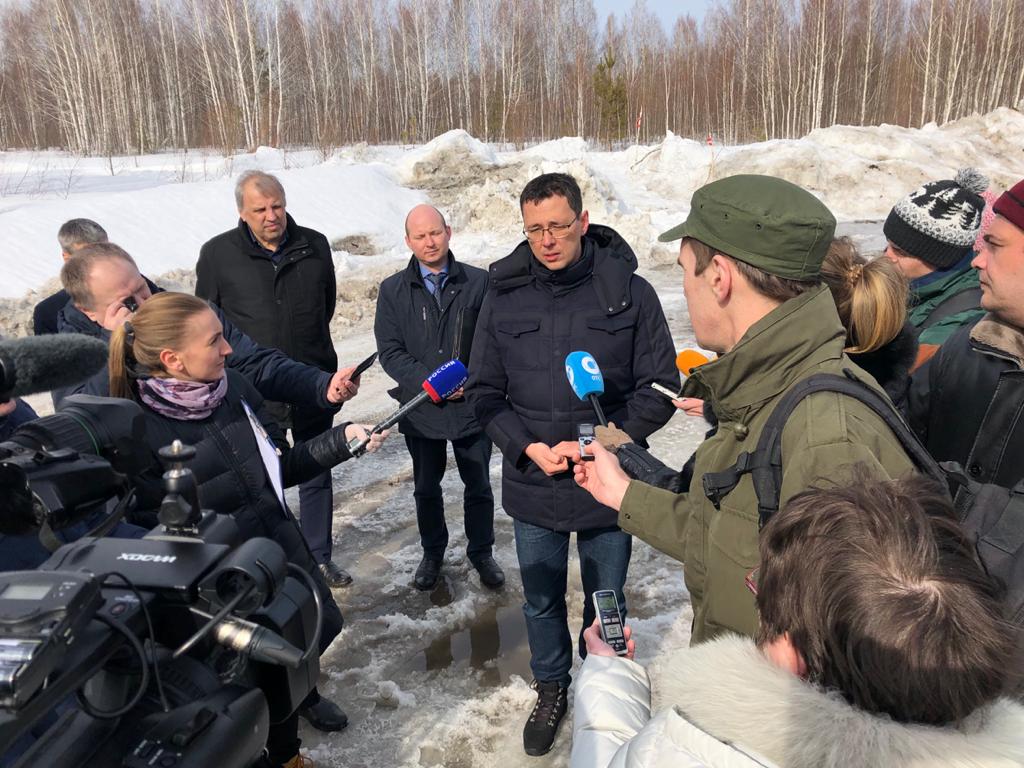
Nikolai Krasnikov, the mayor of Koltsovo, said that the territory of CCU SKIF is planned to be increased in future. “We believe that it is necessary to widen the space in order to place the infrastructure objects in the adjacent areas. So far 30 hectares of municipal lands of Koltsovo have been allotted for the construction of the synchrotron, but about the same area is planned to be taken in Baryshevo. Accordingly, the construction of infrastructure is being developed. We are designing the road circuit that would join the route Akademgorodok – Koltsovo.”
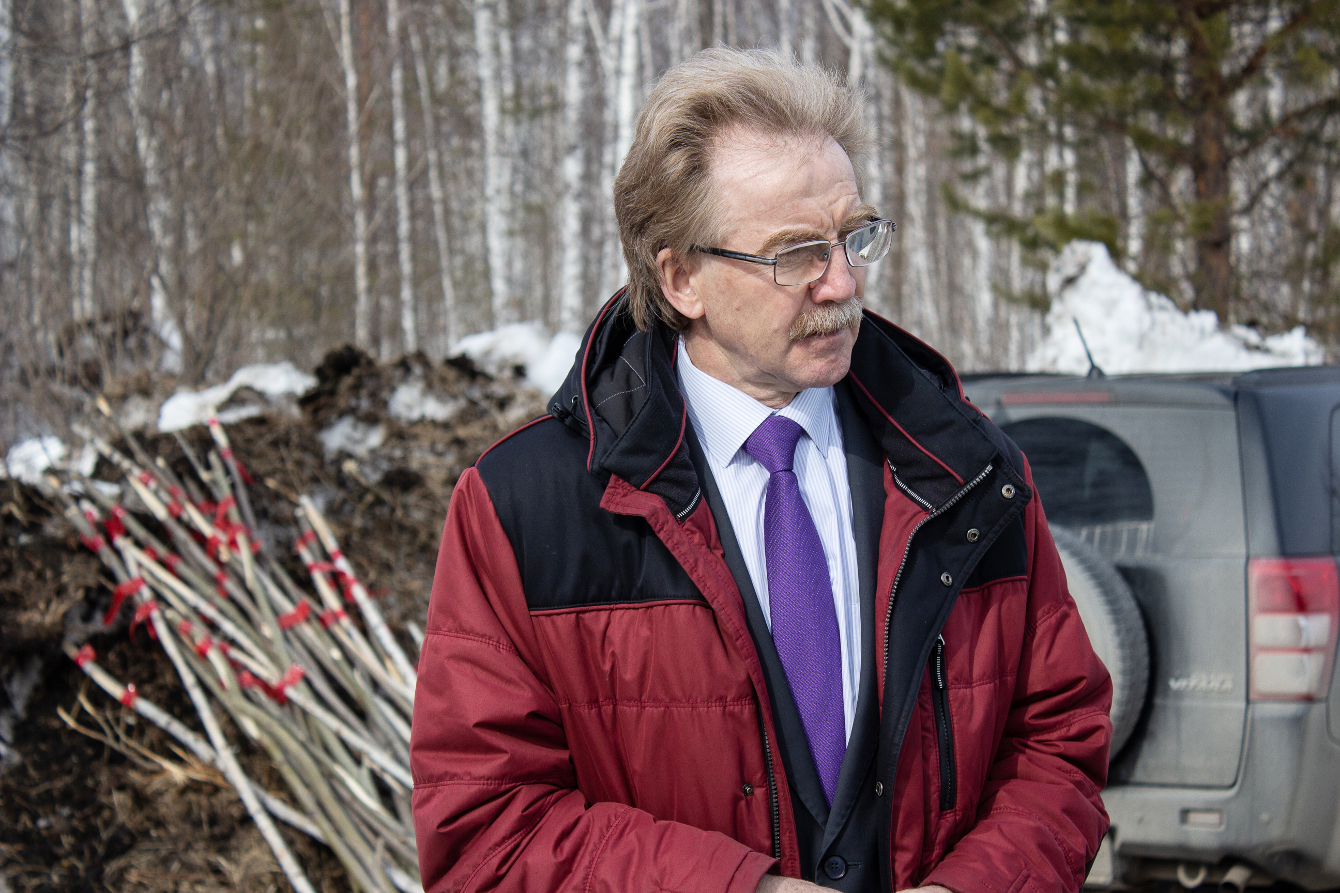
The territory reserved for CCU SKIF will host 20 main and about 10 auxiliary objects. Apart from the building of the accelerator complex, the administrative blocks, laboratory facilities, and many other things will be built there.
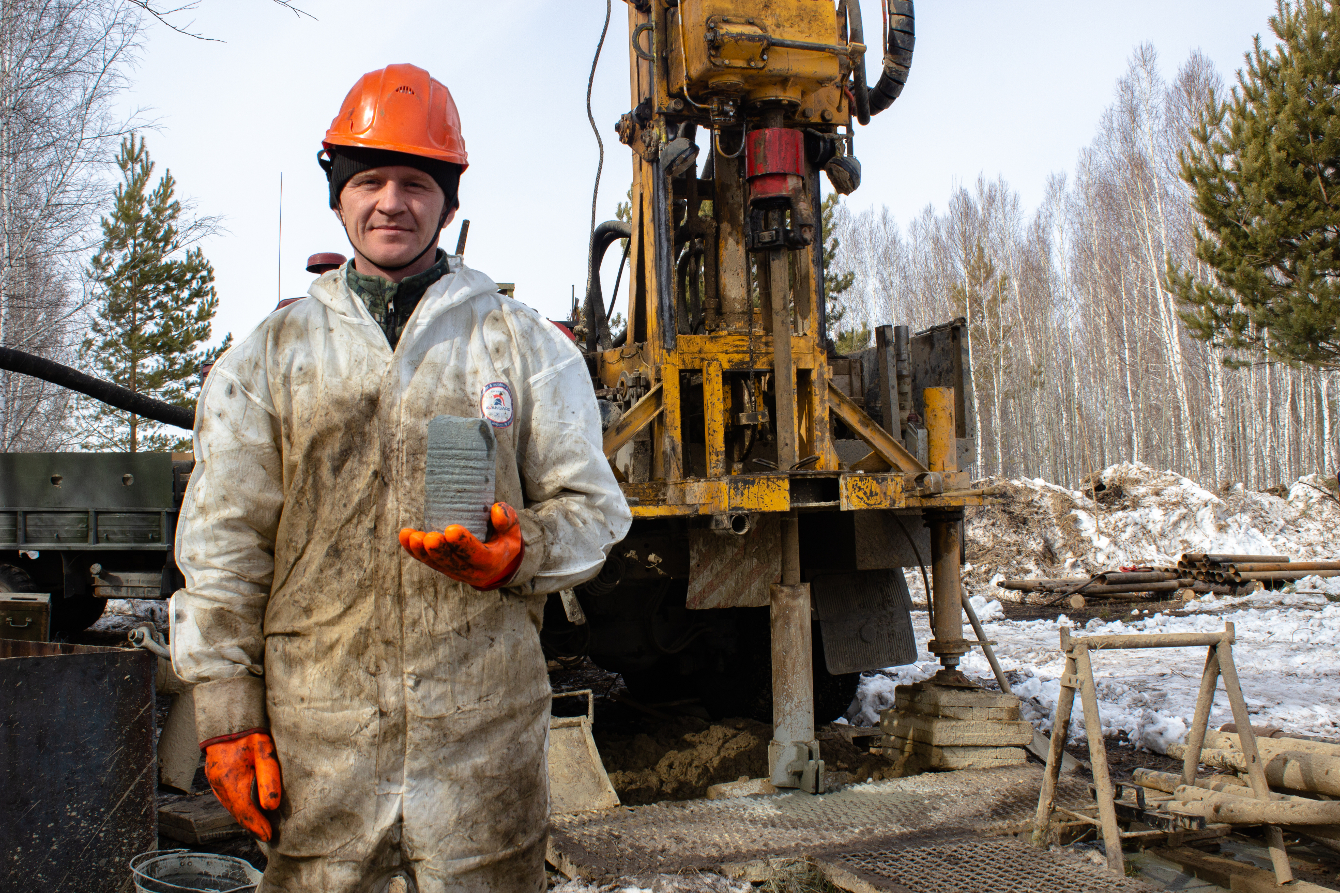
«As for today, all preparations for ecology have been conducted, the land survey of the whole territory has been completed. Several boreholes have been drilled, and now a deep hole is being drilled by the rock. It is necessary to look how the section is set at 70-80 m, since the specifications of Terms of reference suppose that the piles serving as the foundation for the main object must be driven rather deep into the rocks. In several weeks we plan to conduct the seismic investigations,” - said Yuri Bantyukov, the head of the complex engineering investigations.
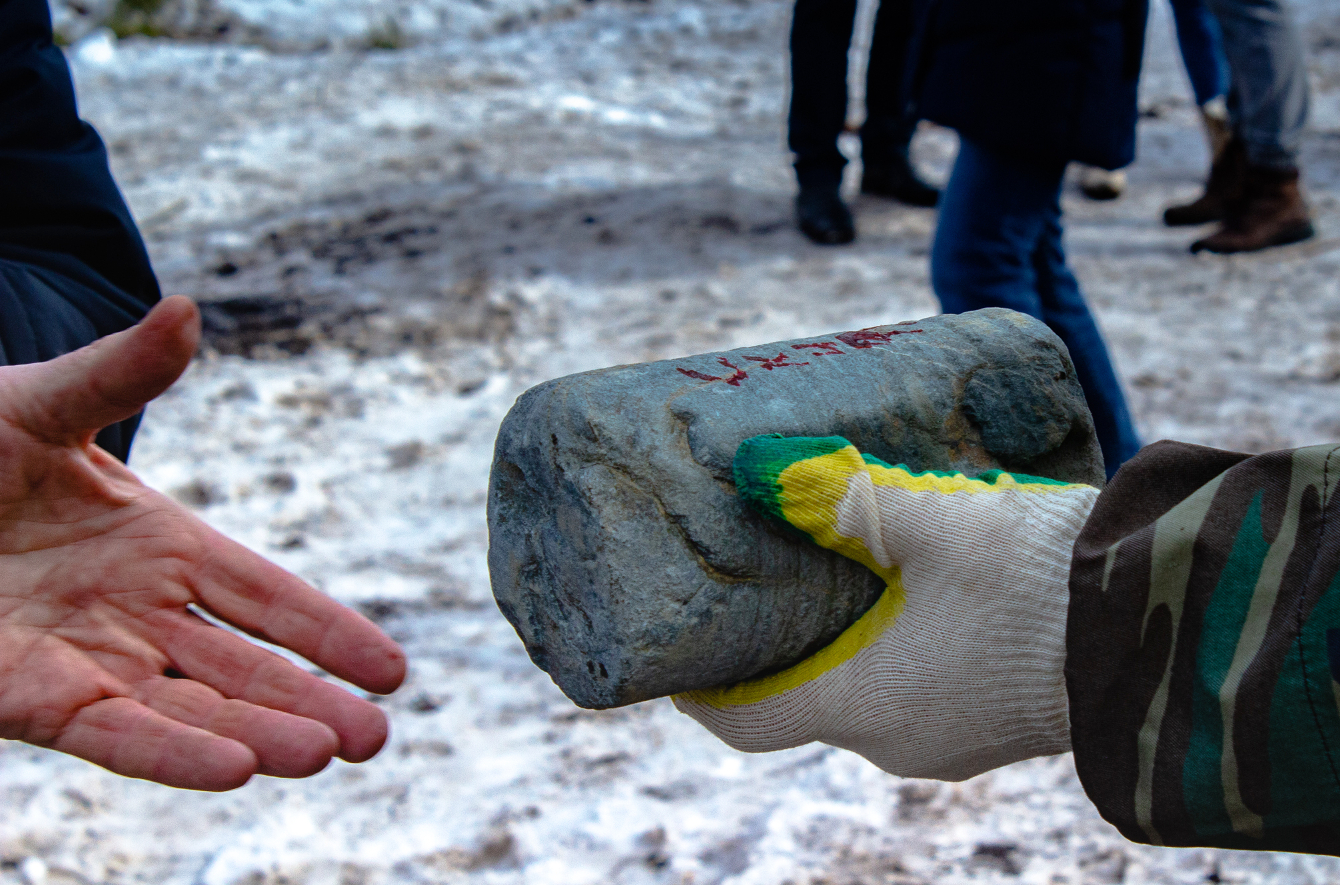
«The requirements to the foundations are quite tough, because it is important to protect the facility from any outside moves (for example, acoustic vibrations from a railroad or a highway) that might affect the results of the scientific experiments,” - explained Pavel Belousov, the Chief Technology Officer of the project.

Diana Khomyakova, Mariya Fyodorova
Photos: Evgeniya Bobatkova, Boreskov Institute of Catalysis